During our family summer holiday in Austria back in 2021, my parents, grandmother and I decided to spend a day exploring the tiny country of Liechtenstein, since it was only a 1,5-hour drive away from our summer cottage. We roadtripped through the entire nation, going from the very south to the very north!
Liechtenstein is Europe’s least visited country, most likely because it’s not very well known and doesn’t have an airport. It’s very tiny; in fact, it’s the sixth smallest country in the world. It’s easily overlooked on a map, squeezed in between the mighty Alps of Austria and Switzerland. Liechtenstein is also one of two double-landlocked countries in the world (the other one being Uzbekistan), meaning that the country is not only landlocked with no access to the ocean, but it’s also surrounded by landlocked countries! As if that isn’t fascinating enough, this German-speaking nation also has one of the highest GDP in the whole world, making it one of the richest countries.
Even though you may have never heard of the country, I can assure you that Liechtenstein is a very beautiful corner of Europe, and it’s well worth including on your Europe itinerary. After all, how cool is it to be able to say that you’ve been to a country most people don’t even know exist? I, for one, had wanted to visit ever since my geography obsession began as a young child!
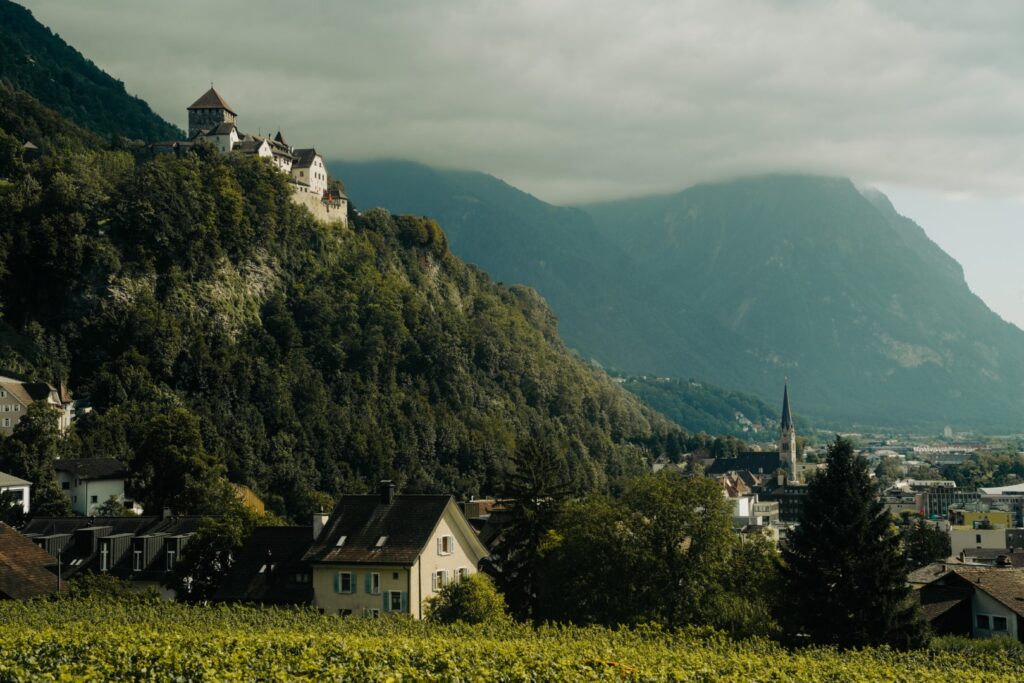
Gutenberg Castle
Our roadtrip through Liechtenstein began down south in the village of Balzers, home to one of five Medieval castles in the country, and one of two that are still intact.
This is Gutenberg Castle, perched atop a hilltop above the village. The castle is believed to have been built in the 12th century and was in use until the 18th century. It fell into ruin but was rebuilt in the early 20th century. Today, the castle is a museum although it was closed during our visit due to Covid-19 restrictions.
However, it was well worth the steep walk up to the castle as the views of the village and valley below were incredible.
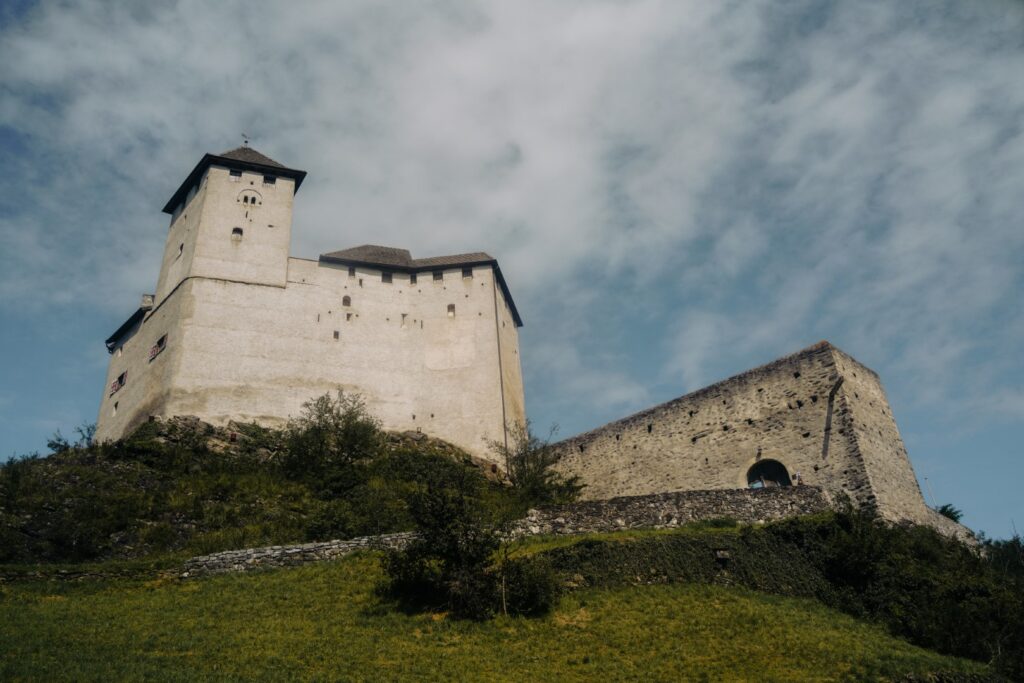

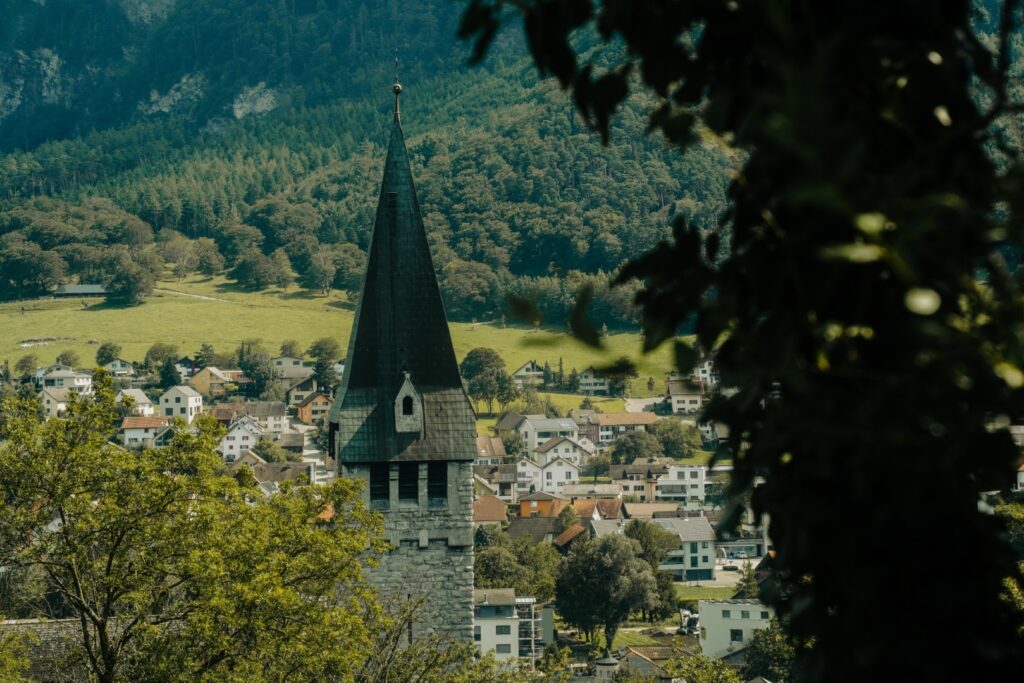
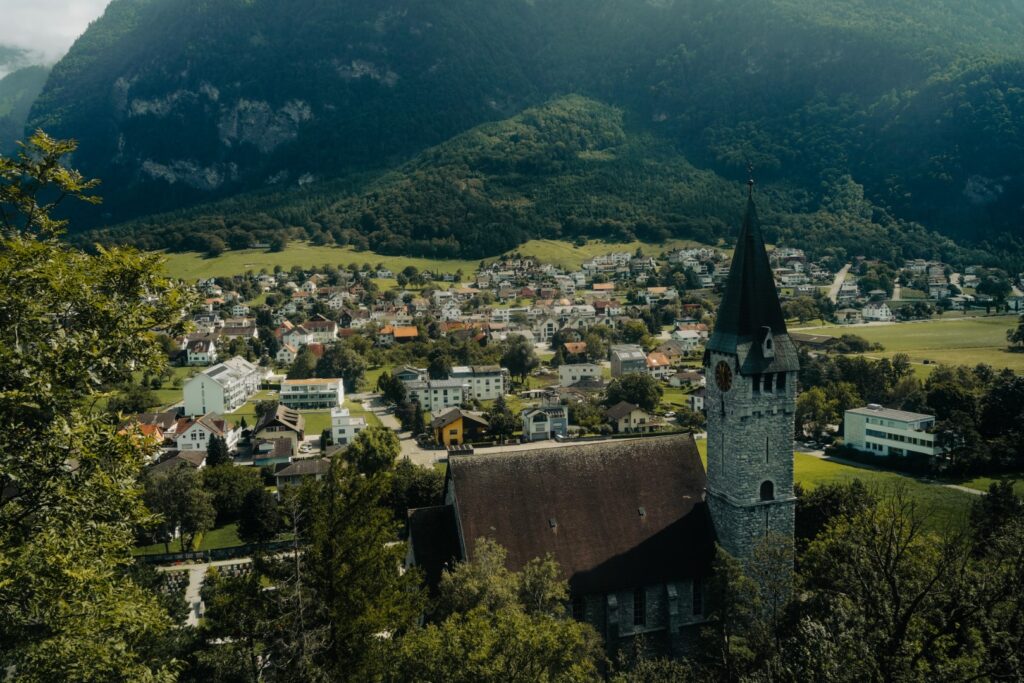
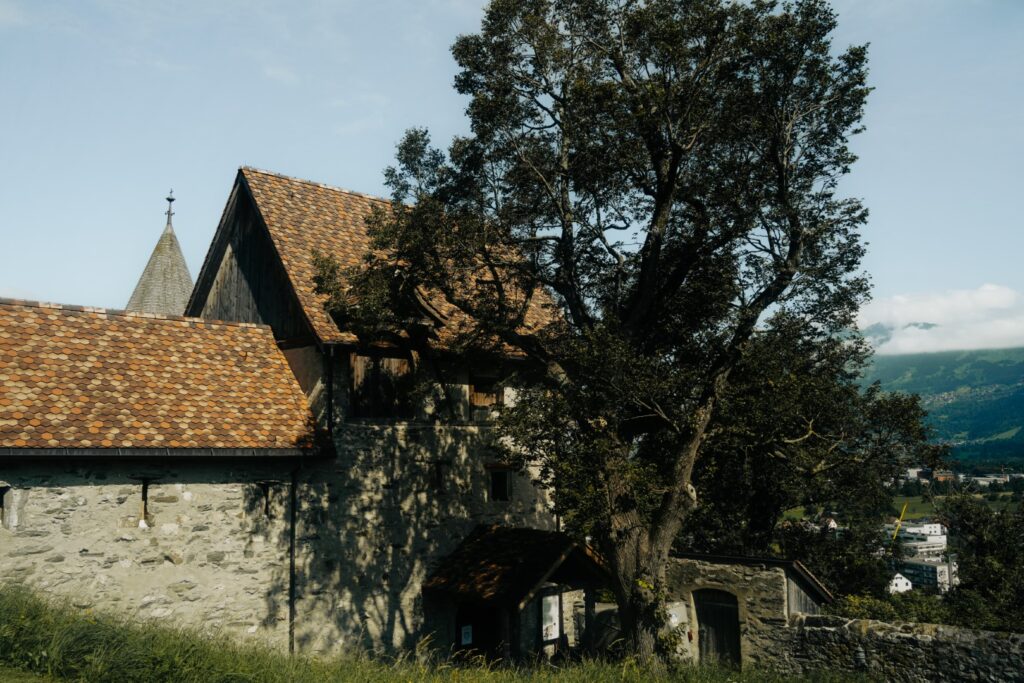

Triesenberg and the Gaflei viewpoint
Continuing north, we drove high up into the mountains to the village of Triesenberg, famously known as one of the most beautiful villages in the country. And for good reason too. The views are outstanding!
We continued up a little, driving towards Gaflei and a viewing tower that I’d spotted on the map. Hoping for a wonderful view of the entire nation, we parked our car at the small parking lot and walked the 500 metres to the tower. I’m sure the view would’ve been incredible, if only we hadn’t been engulfed in fog. Still, it gave an eerie atmosphere, only enhanced by the complete silence atop the tower.
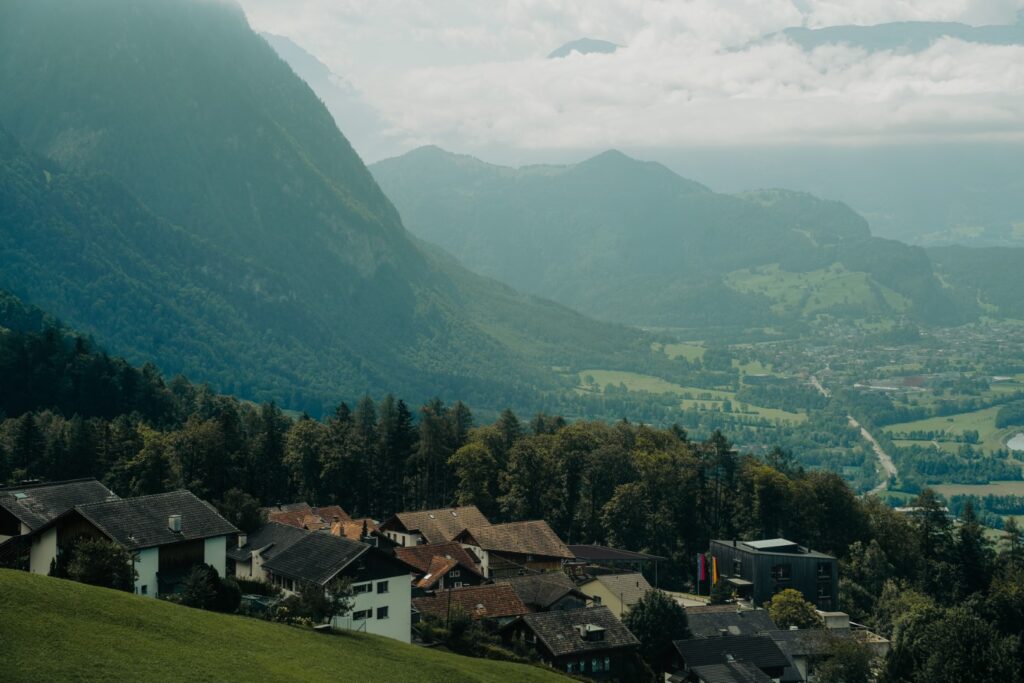
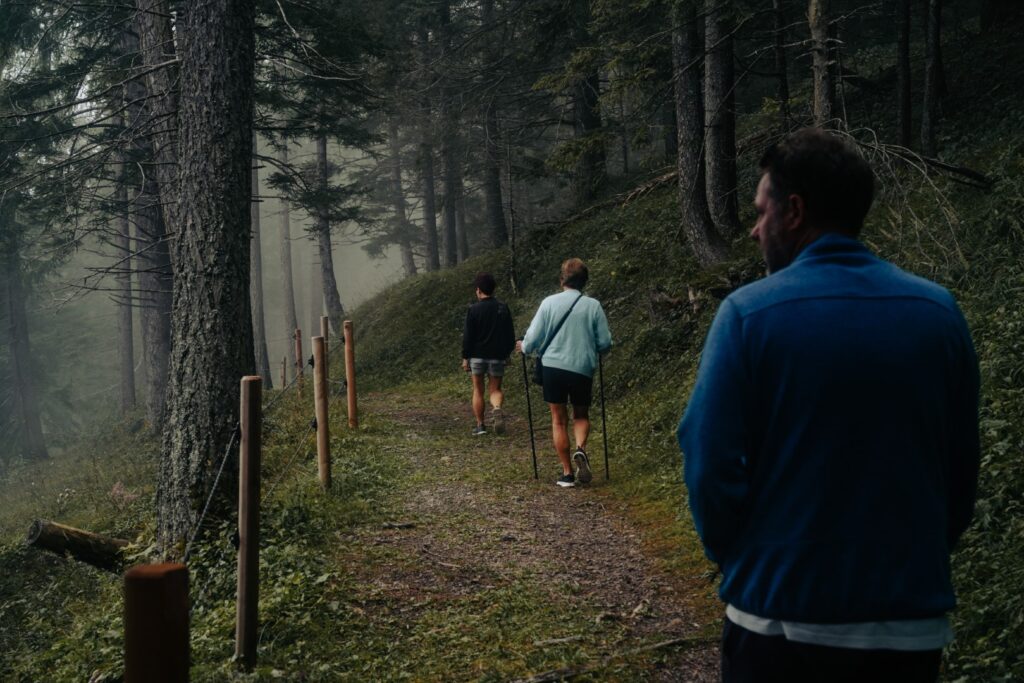
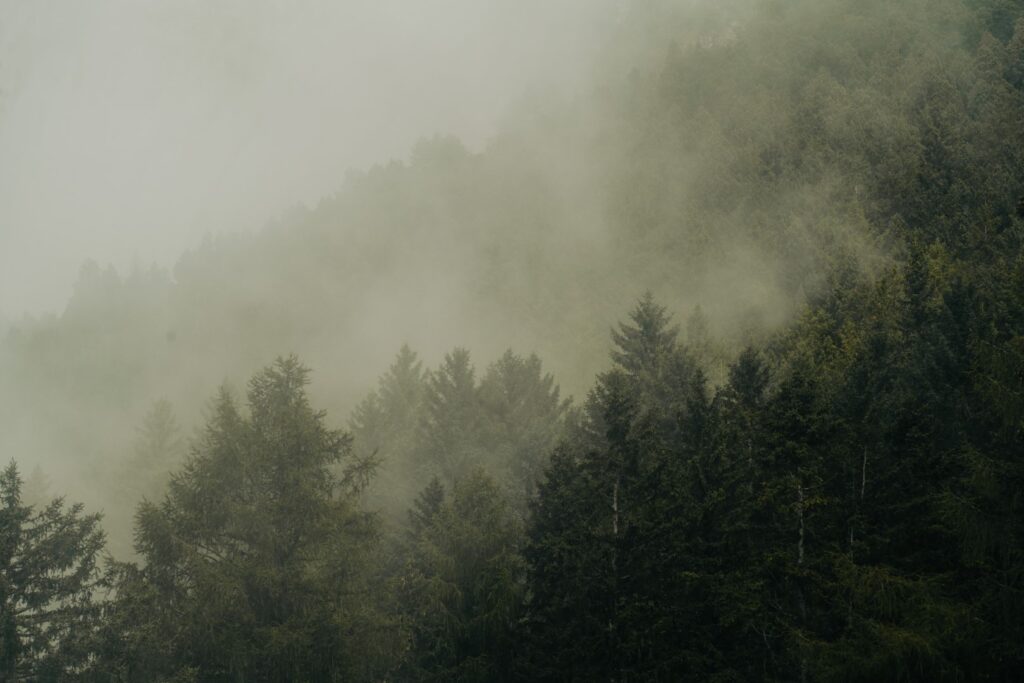

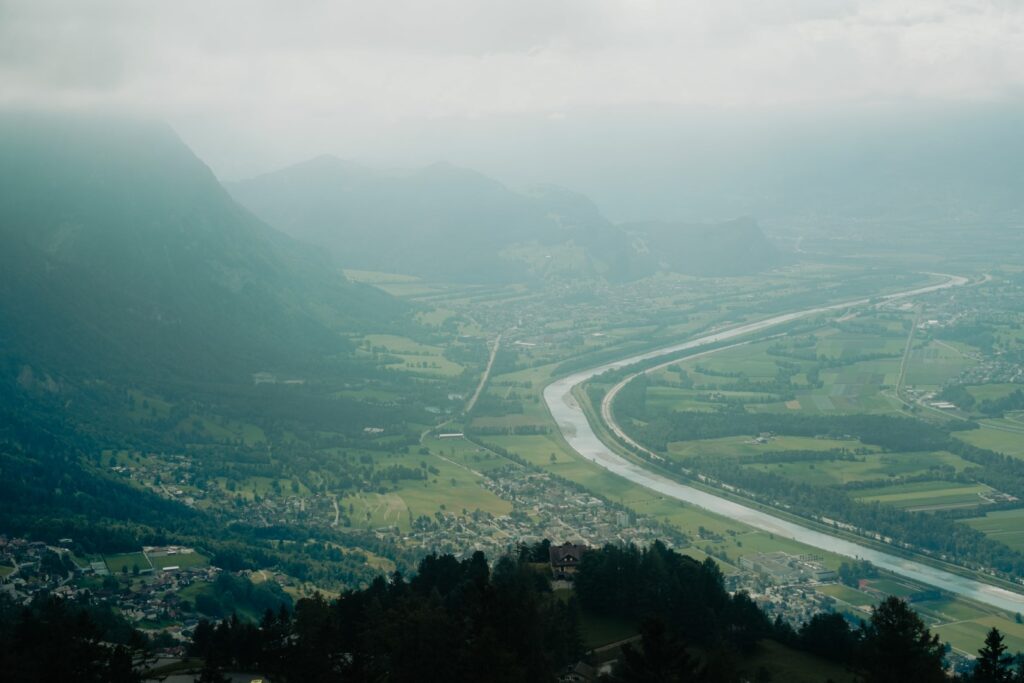
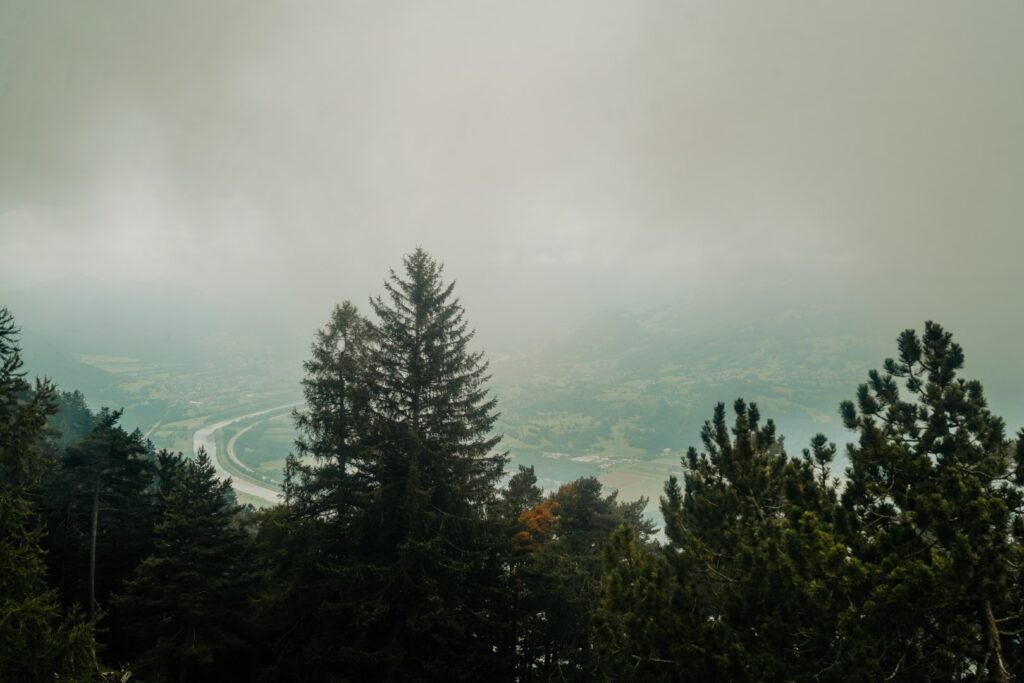
Vaduz, Liechtenstein’s tiny capital
While Liechtenstein hardly gets any tourists, those that do make the trip there usually spend all their time in Vaduz, the nation’s small capital, home to around 5,500 of the country’s 39,500 inhabitants. While we were happy that we got to explore more of the country, we also wanted to see the capital. We started with a drive up to Vaduz Castle, Liechtenstein’s other intact Medieval castle, which sits high up on a hill overlooking the city. The castle is the official residence of the royal family and thus, is not open for the public, although the family does invite the public into the gardens once per year on August 15th, Liechtenstein’s National Day!
We drove down to the small centre and found an underground parking lot that was free for three hours. First up was a café visit for a much-needed rest and some ice cream, cake and coffee. My mum and I visited a few shops while my dad and grandmother rested, and then we went for a wander through the city centre and had a look at the parliament building, the beautiful city hall from 1932 and the Cathedral of St. Florin, a neo-Gothic church from 1874. My mum and I also took the steep walk up to Rotes Haus, a beautiful dark-red house which is apparently the oldest in the country, built in 1338. The best thing about it was the views of the city that we saw from there!
Before leaving the centre of Vaduz behind, I had one last mission. I wanted to get my passport stamped at the local tourist office. Why? Because it’s fun to have a stamp from the world’s sixth smallest country in my passport!
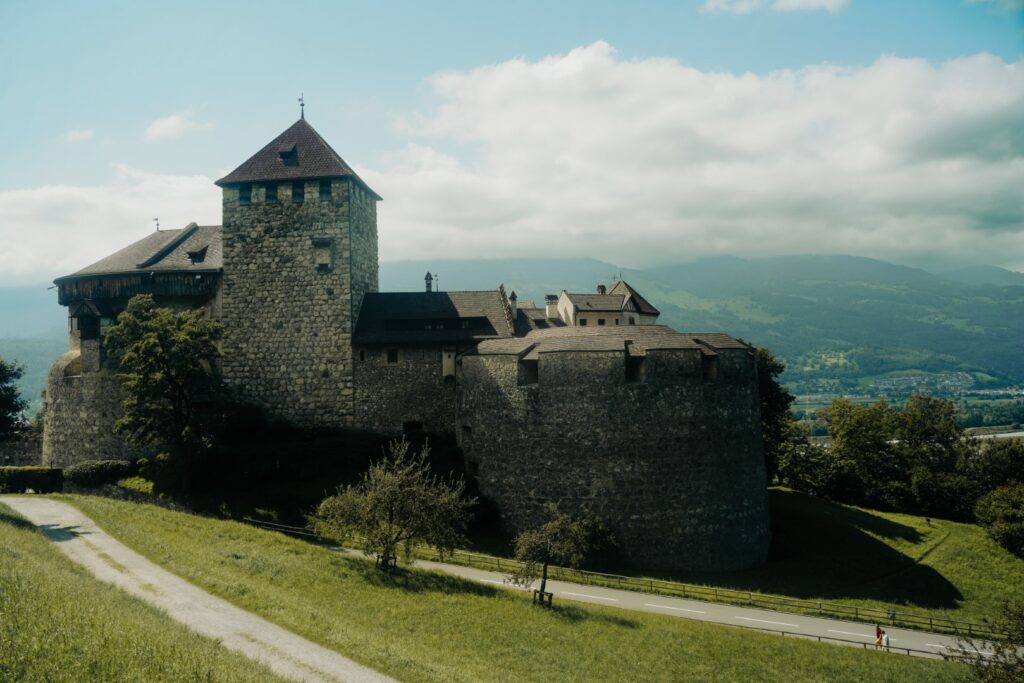




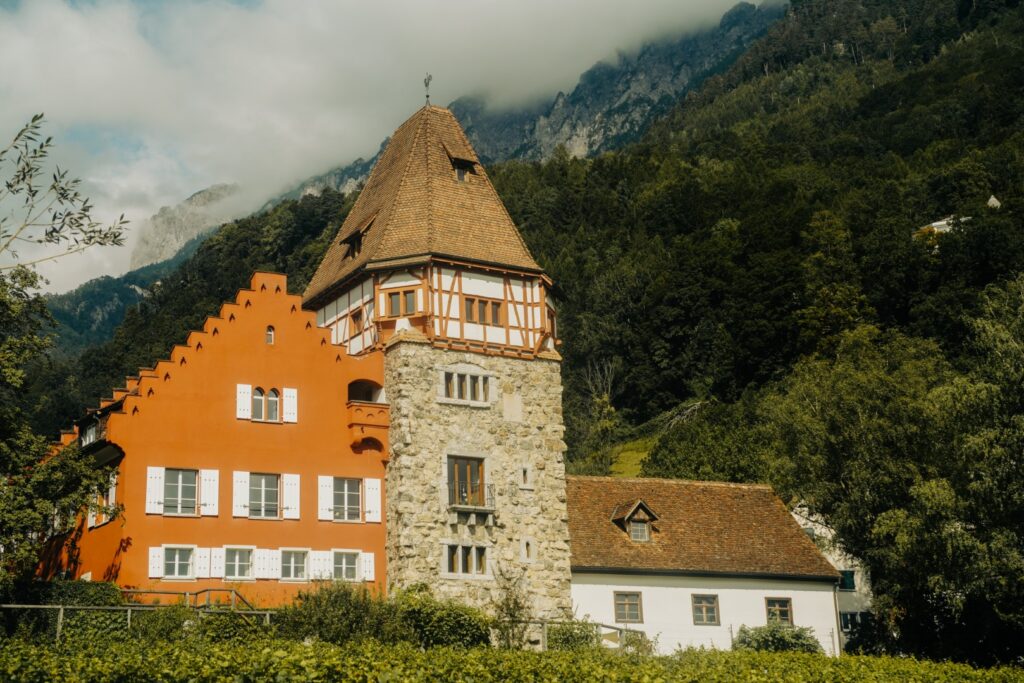


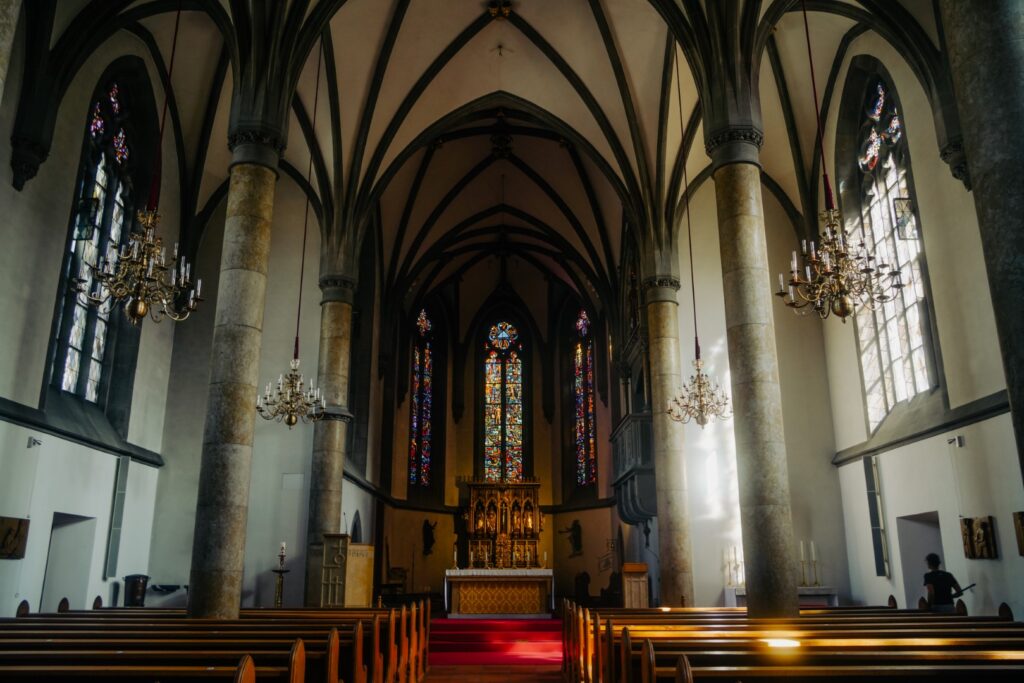
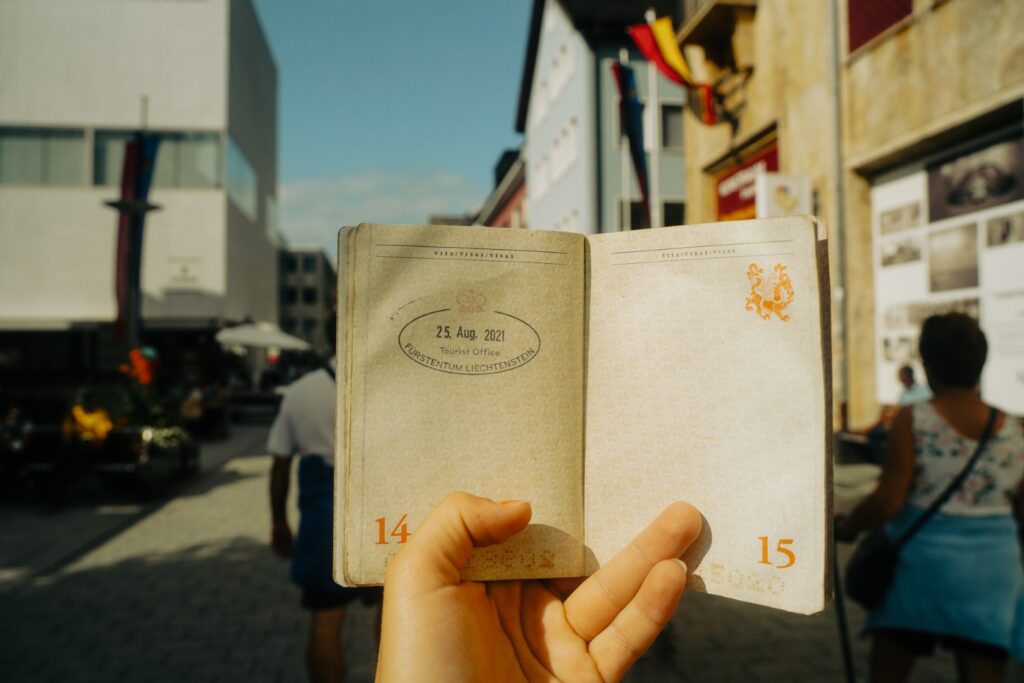
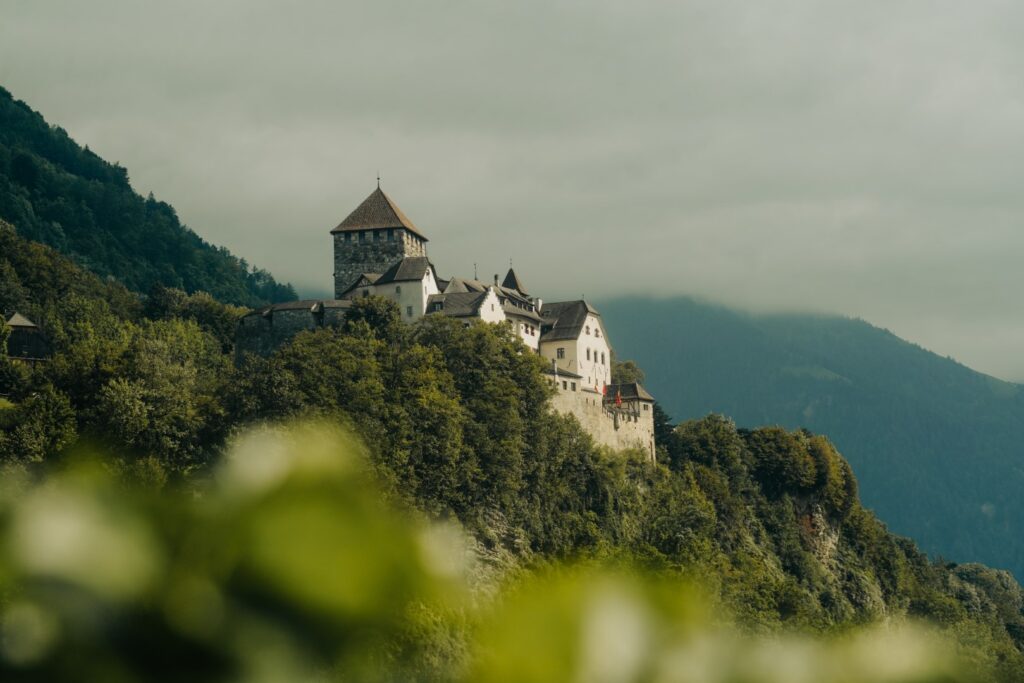
Over the old bridge to Switzerland
We then drove to the outskirts of Vaduz where we found Alte Rheinbrücke, an old bridge over the Rhine that connects Liechtenstein with the Swiss municipality of Sevelen. The 135-metre long bridge dates back to 1870 and is the last preserved wooden bridge that crosses the Rhine in the Alps.
We walked the length of the bridge, entering Switzerland for the second time in our lives. We didn’t stay on the Swiss side for long, just enough time to take a selfie before returning to Liechtenstein.

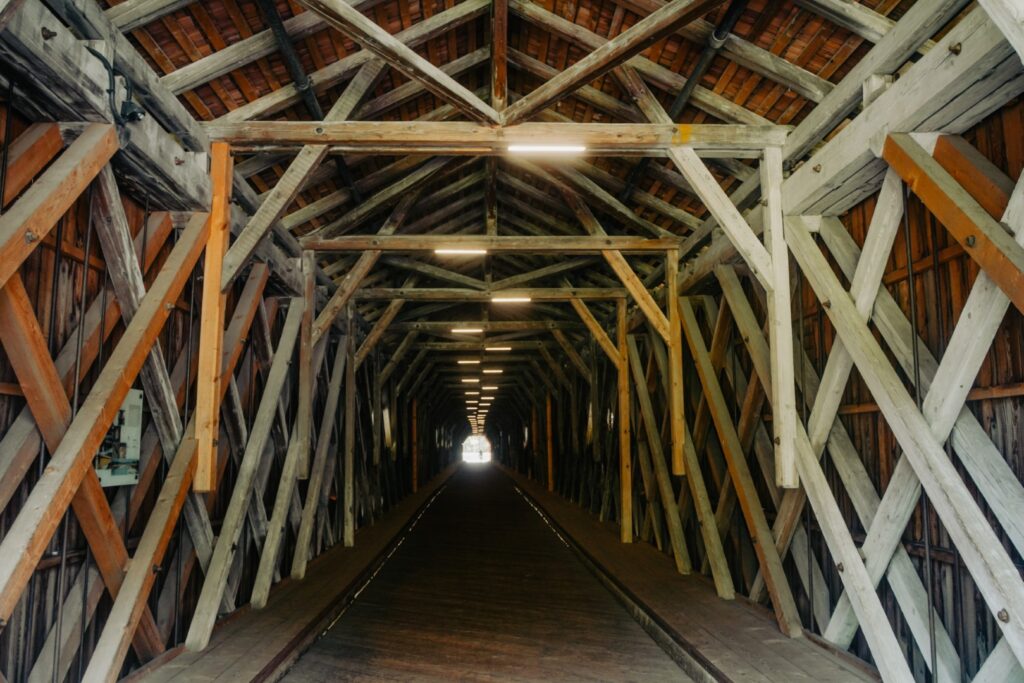
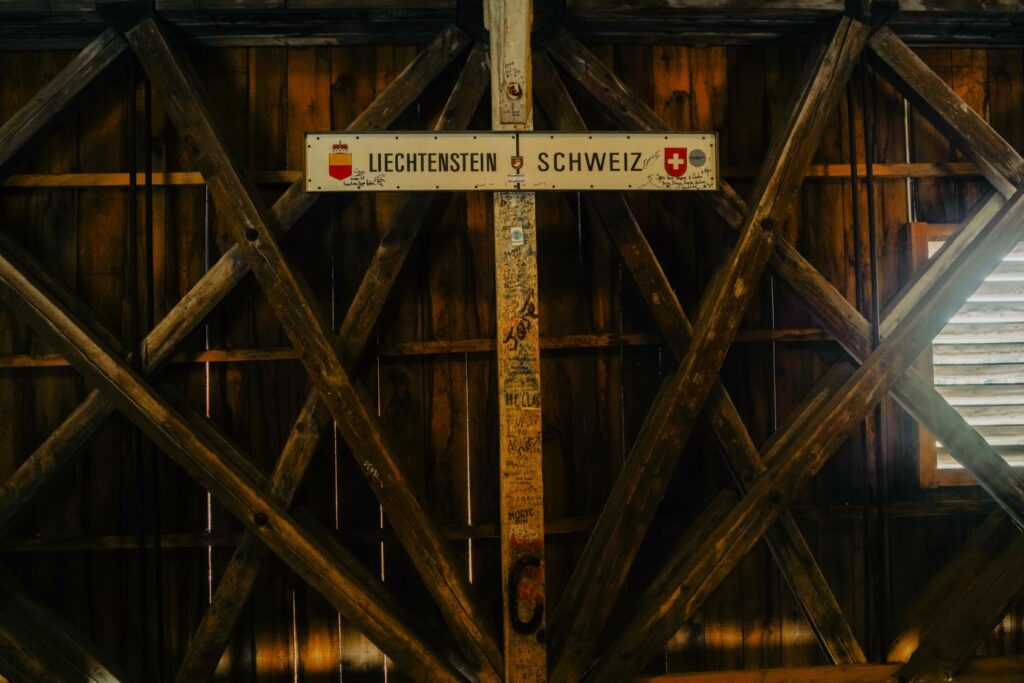


The Schellenberg castle ruins
Our next stop was Schaan, the largest village in the country with just over 6,000 inhabitants. We went there only to visit a vintage store but didn’t end up buying anything as everything was too expensive.
So we continued north to our last stop of the day; the village of Schellenberg, which is home to two Medieval castles believed to have been abandoned in the 16th century, after which they fell into decay. We first explored Untere Burg (‘Lower Castle’), which is the smallest of the two and also the youngest, built between 1250 and 1350. We ended the day at Obere Burg (‘Upper Castle’) which was built around 1200 and is much better preserved than the latter.





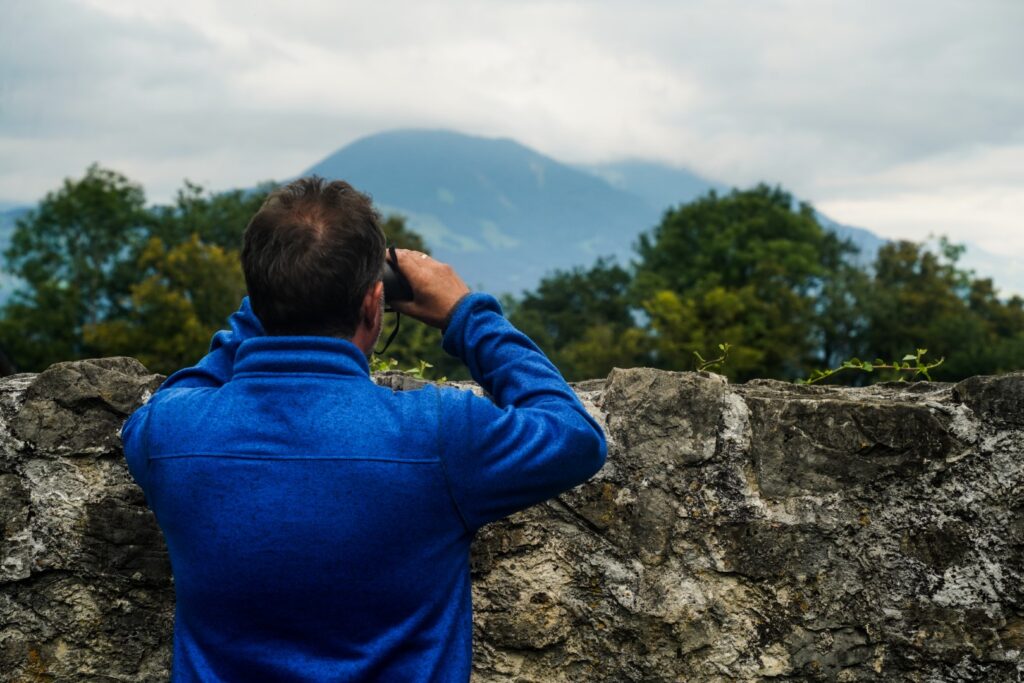
We had a wonderfully long day of exploring the highlights of Liechtenstein, a country I just know I’ll have to return to. Since we didn’t get to do any hiking in the country, that will be my mission for my next visit. In particular, I would love to hike the Liechtenstein Trail which passes through all 11 of the country’s municipalities over 75 kilometres!
Leave a Comment
Pingback: My June 2023: Summer in Denmark & the Canadian Rockies – Northtrotter on 15/06/2023
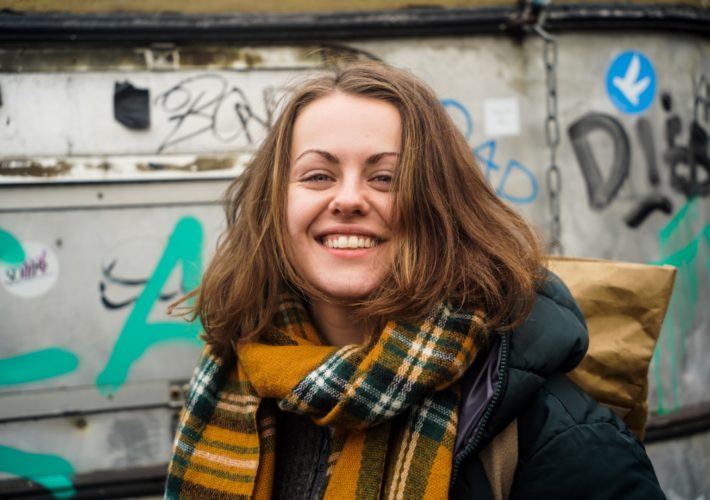
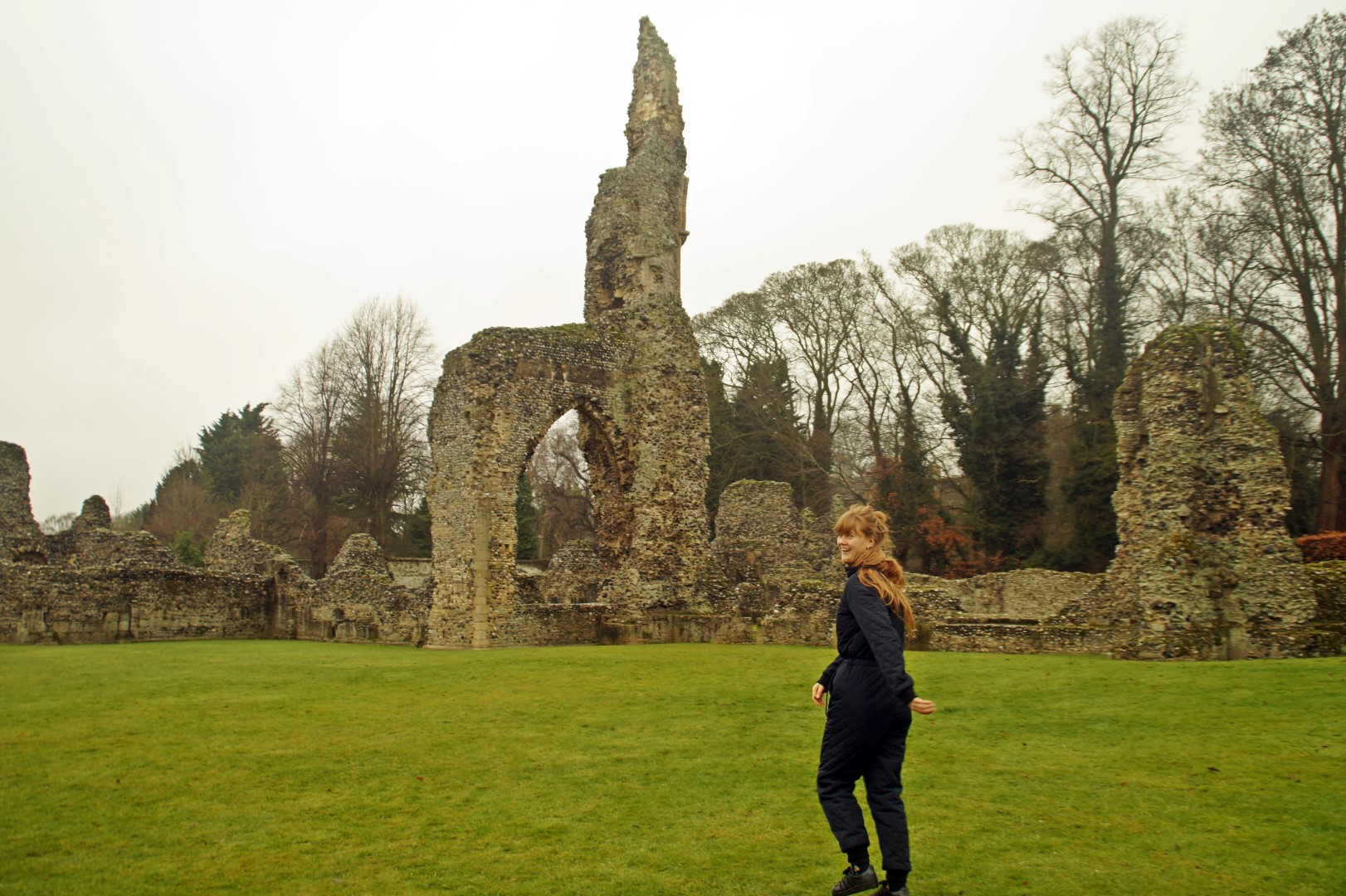
1 COMMENT